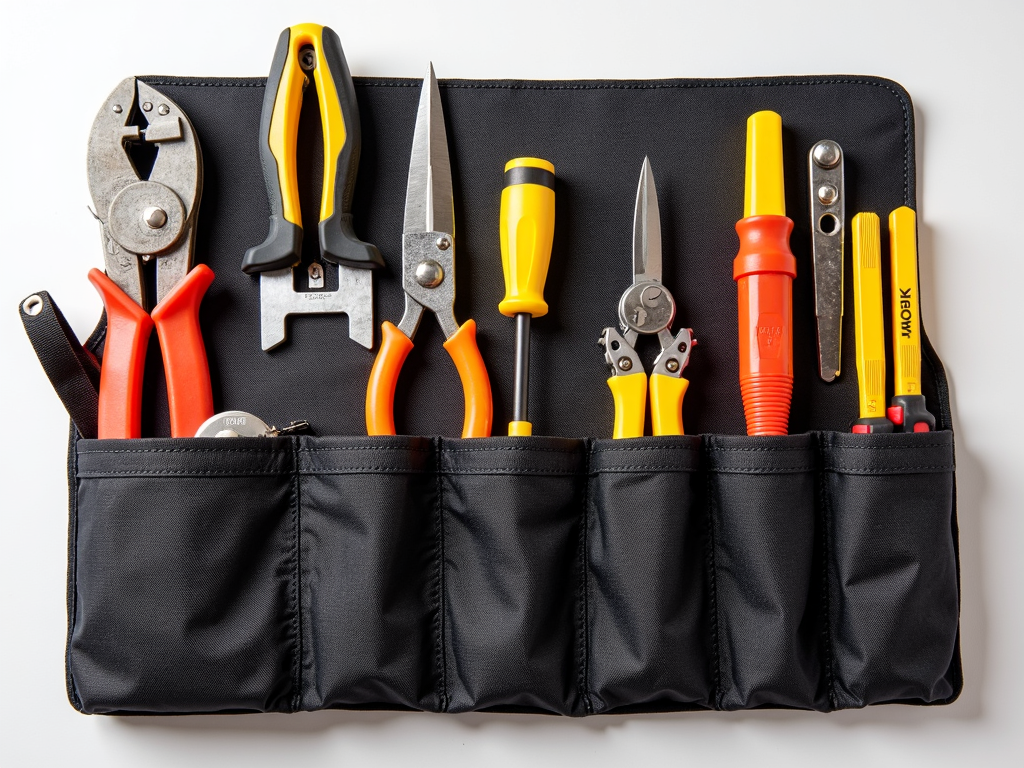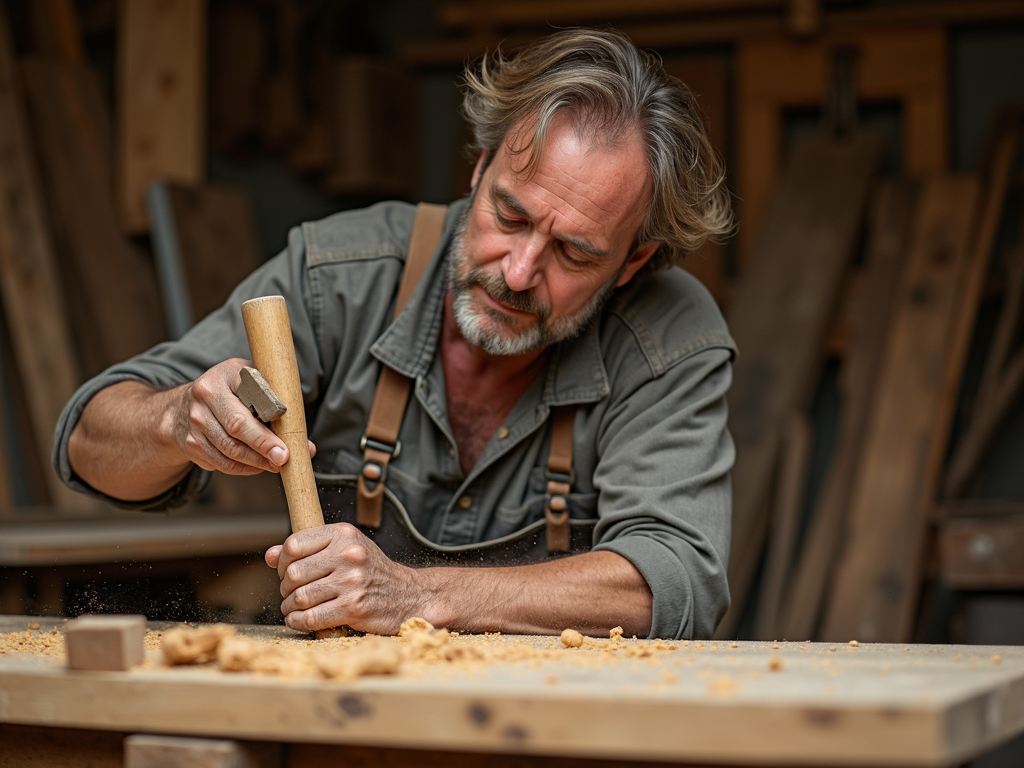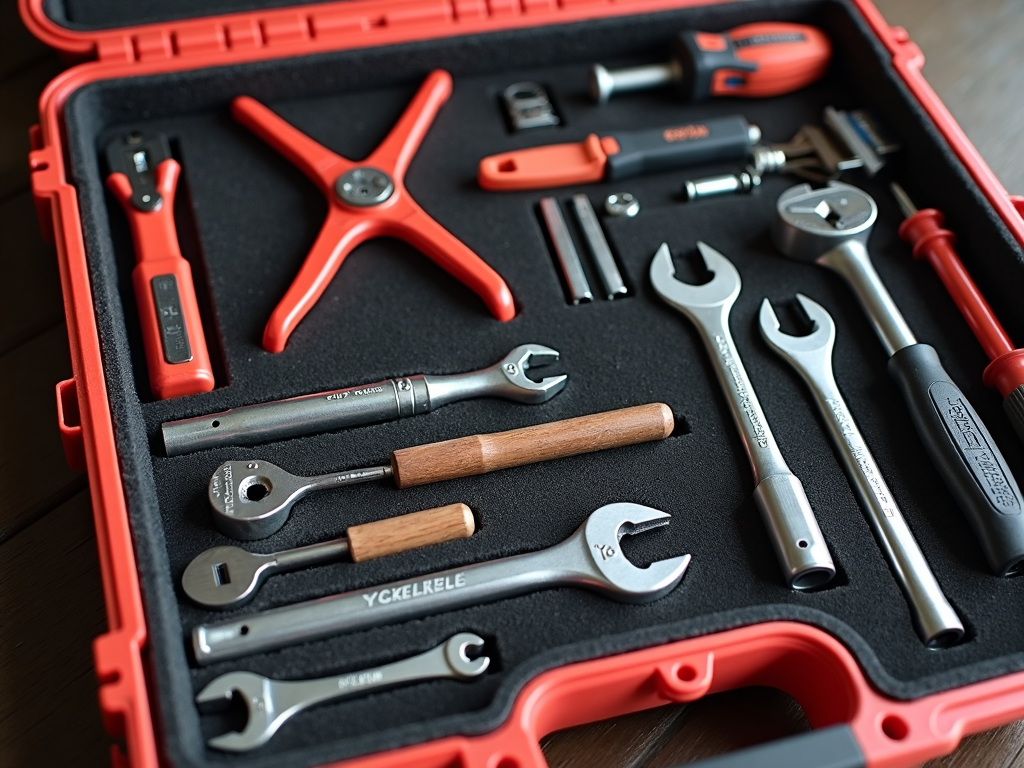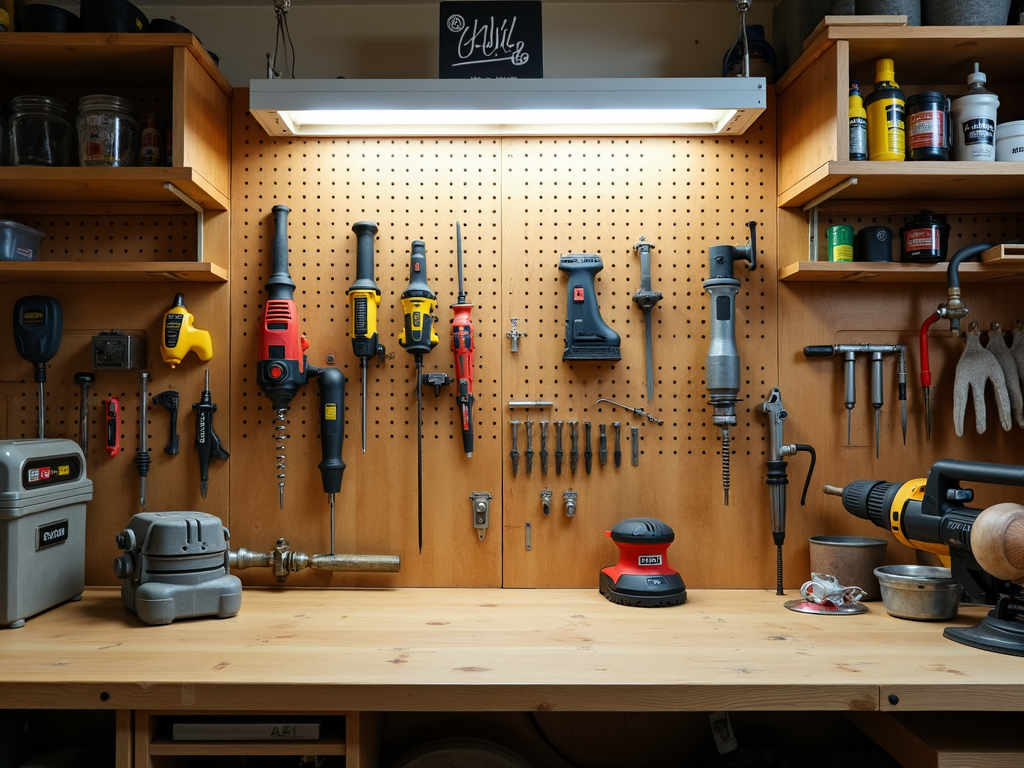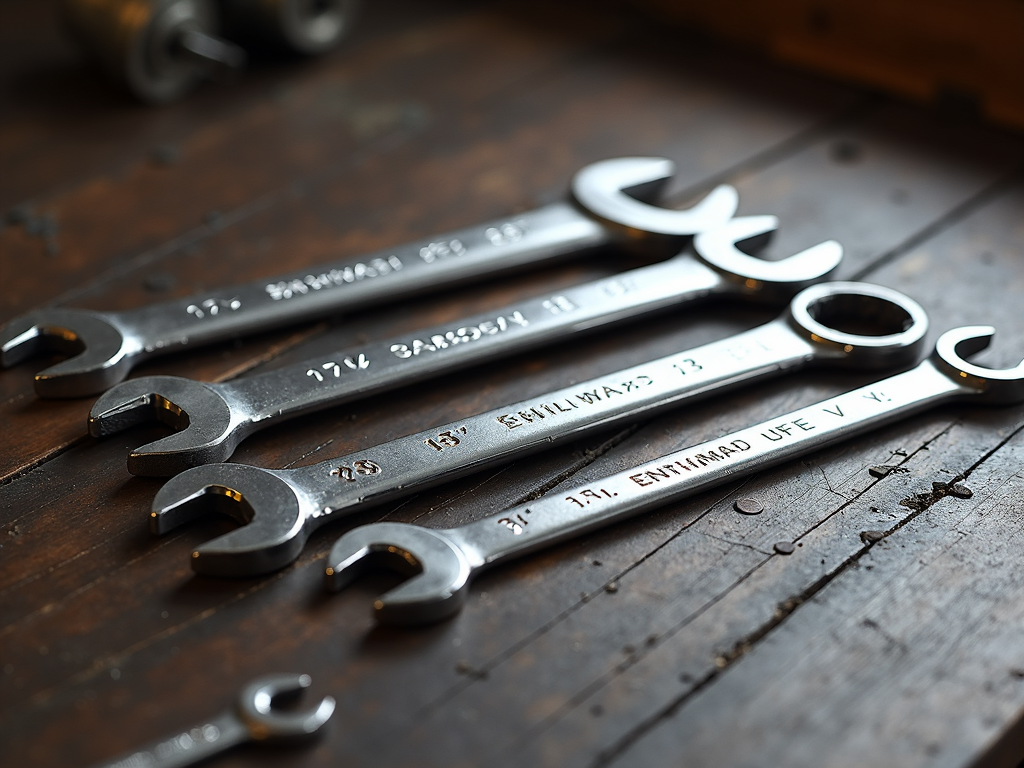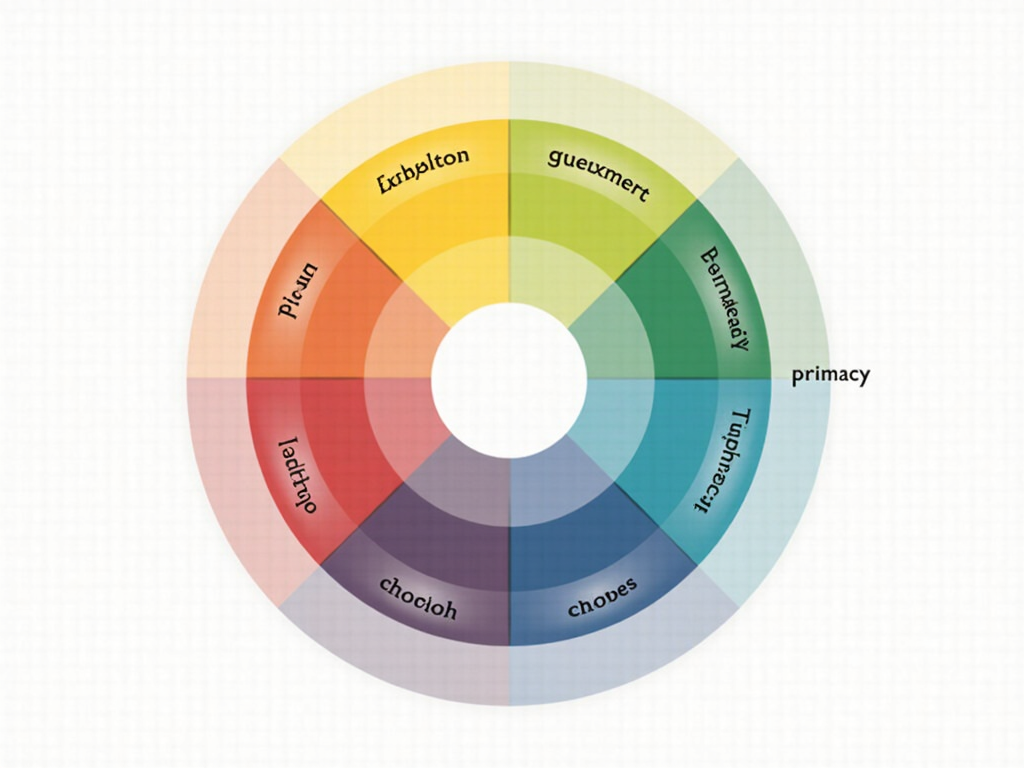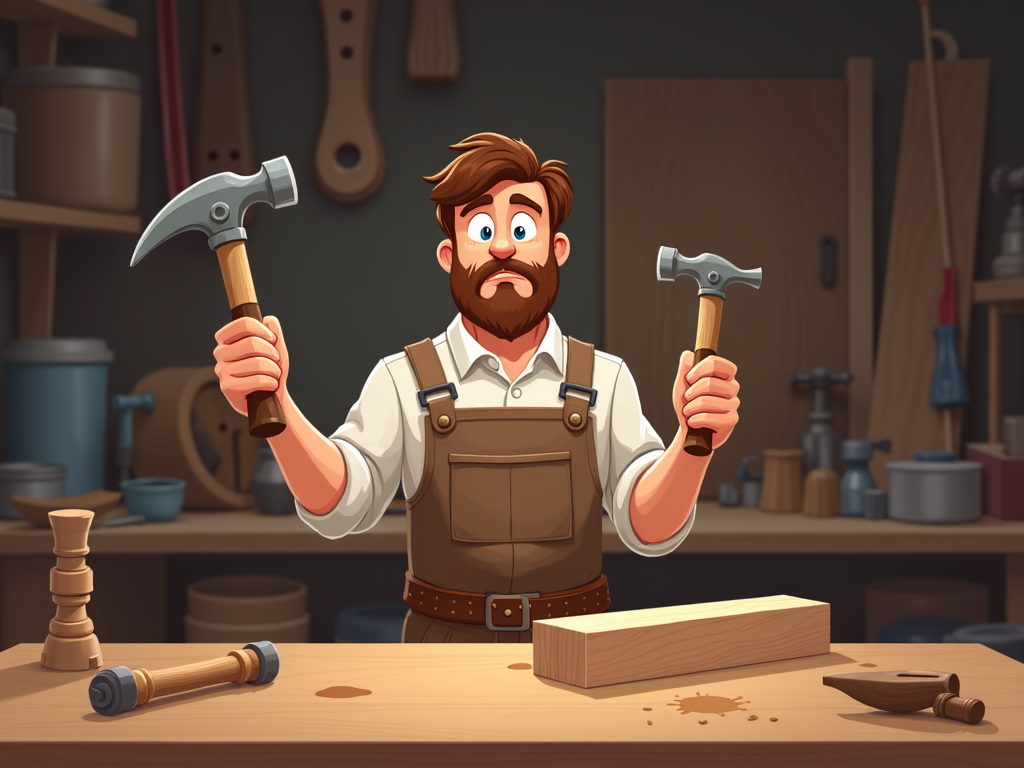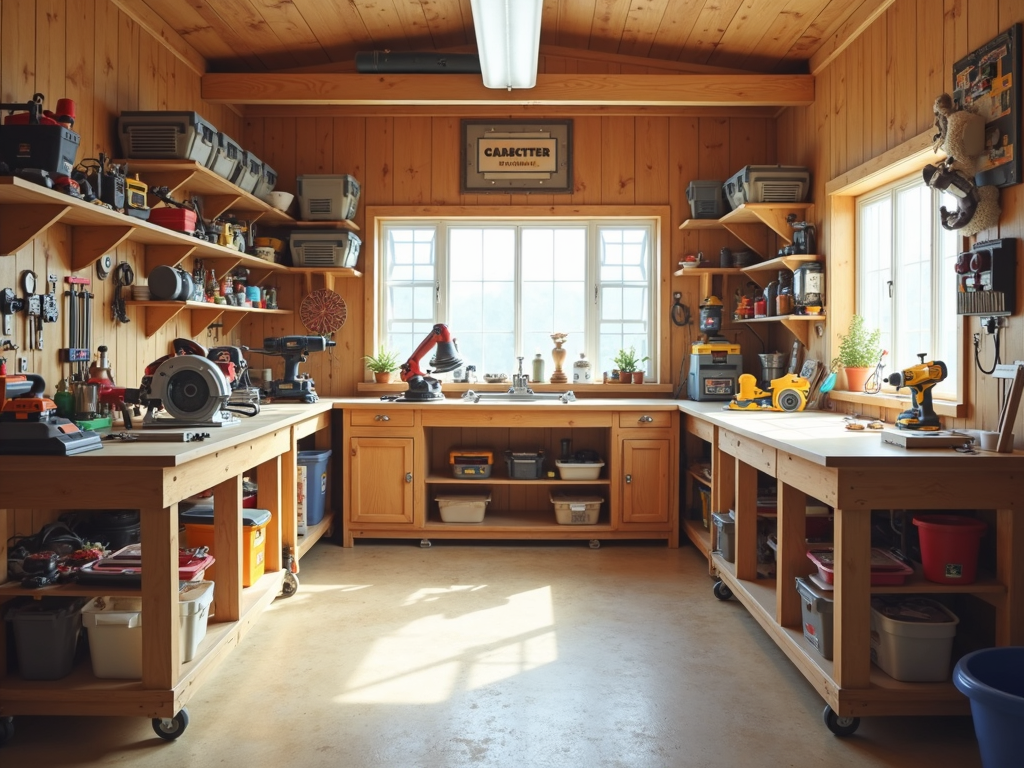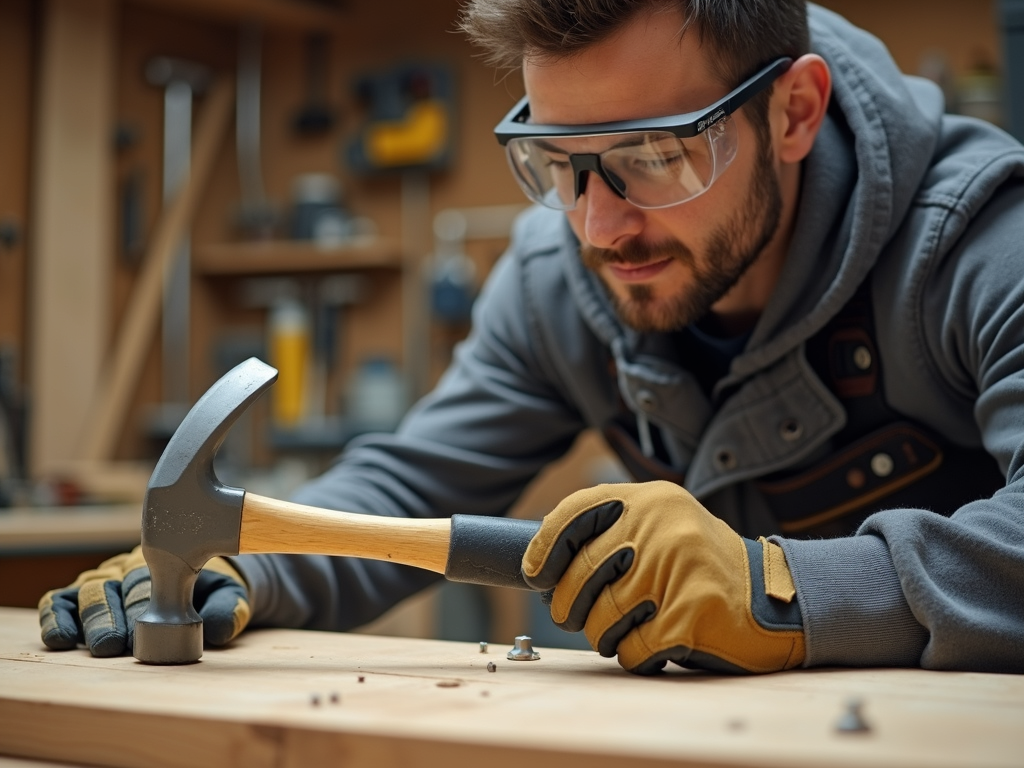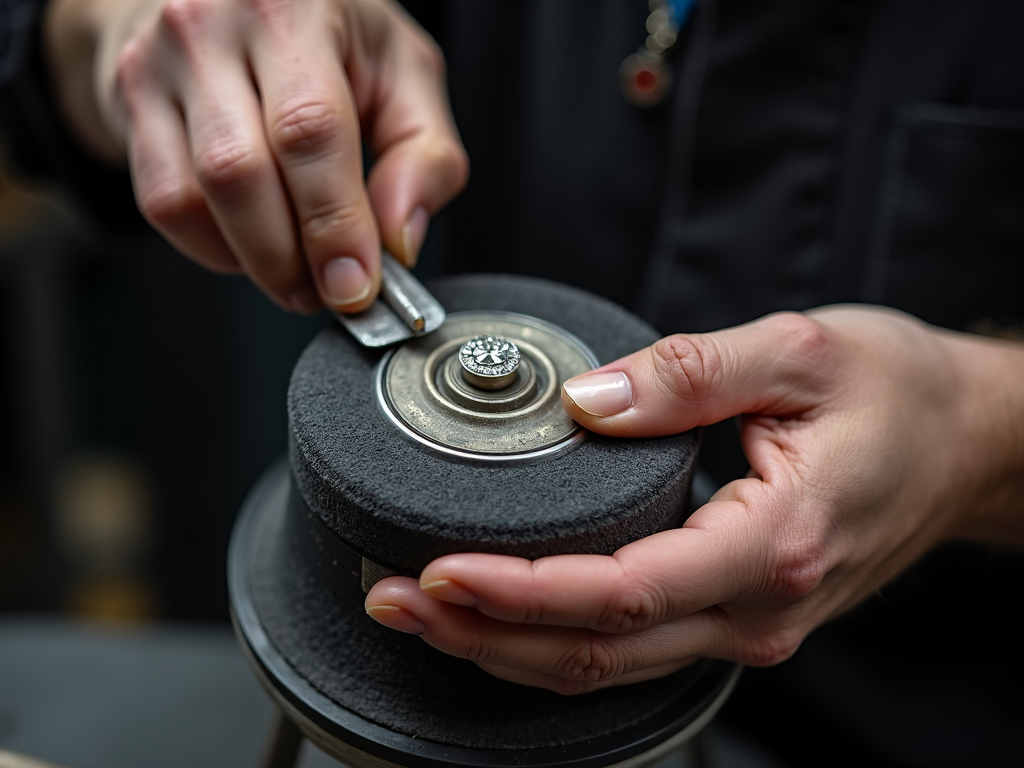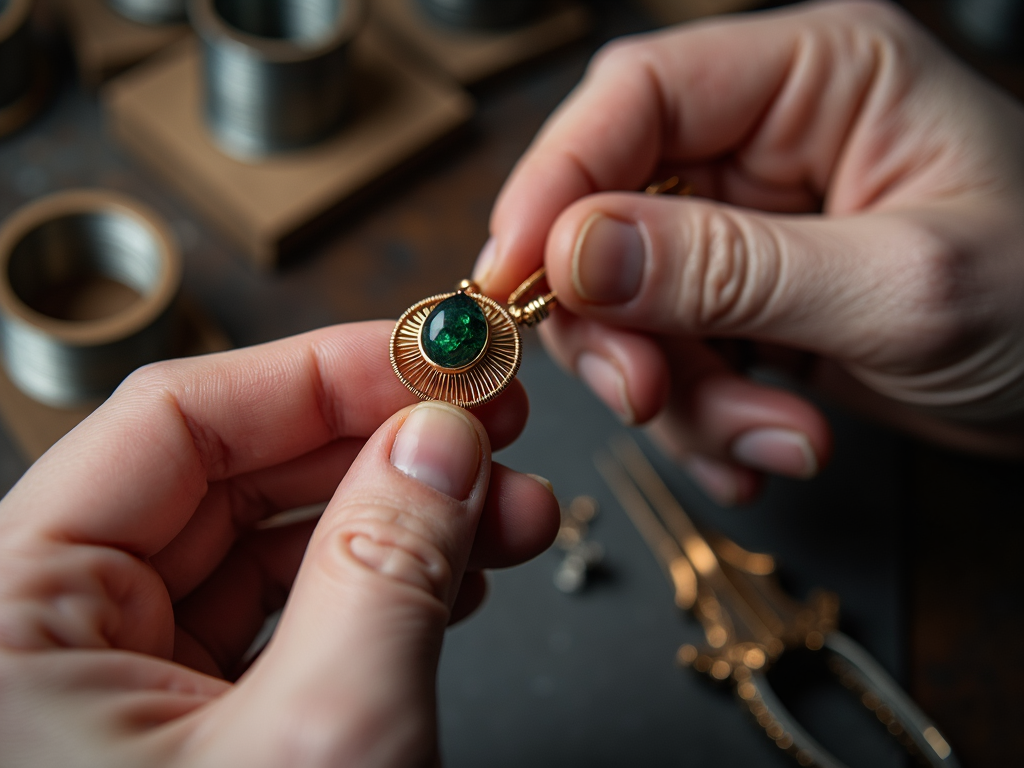Every workshop needs the right tools to get the job done. Whether you’re building furniture, fixing a car, or tackling a home project, having these 10 Essential Tools for Your Workshop makes all the difference. This guide covers the basics, shares practical tips, and shows you how to set up your space for success.
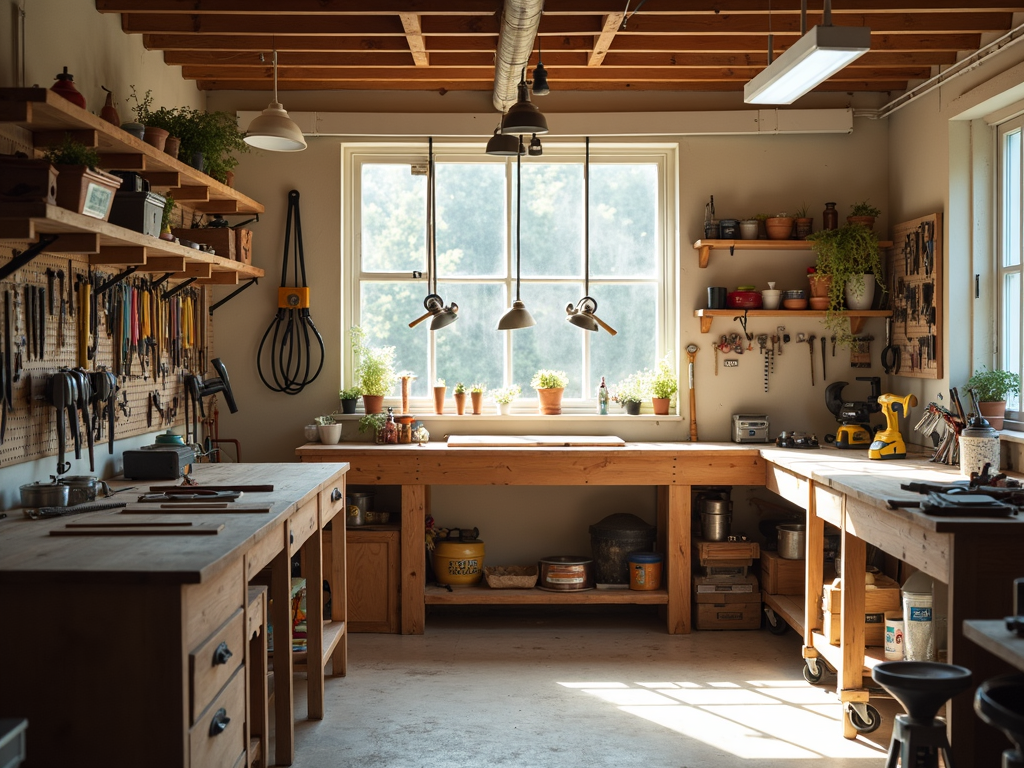
You don’t need a fancy setup to start—just the right workman tools. I’ve spent years tinkering in workshops, and I’ve learned that quality and organization beat a cluttered toolbox any day. Let’s dive into the tools you’ll reach for again and again.
1. Claw Hammer
A claw hammer is your go-to for driving nails into wood or pulling them out with the curved end. It’s simple but essential. I once struggled with a cheap hammer that slipped—investing in a solid 16-ounce one with a rubber grip changed everything.
Tip: Swing from your elbow, not your wrist, for better control.
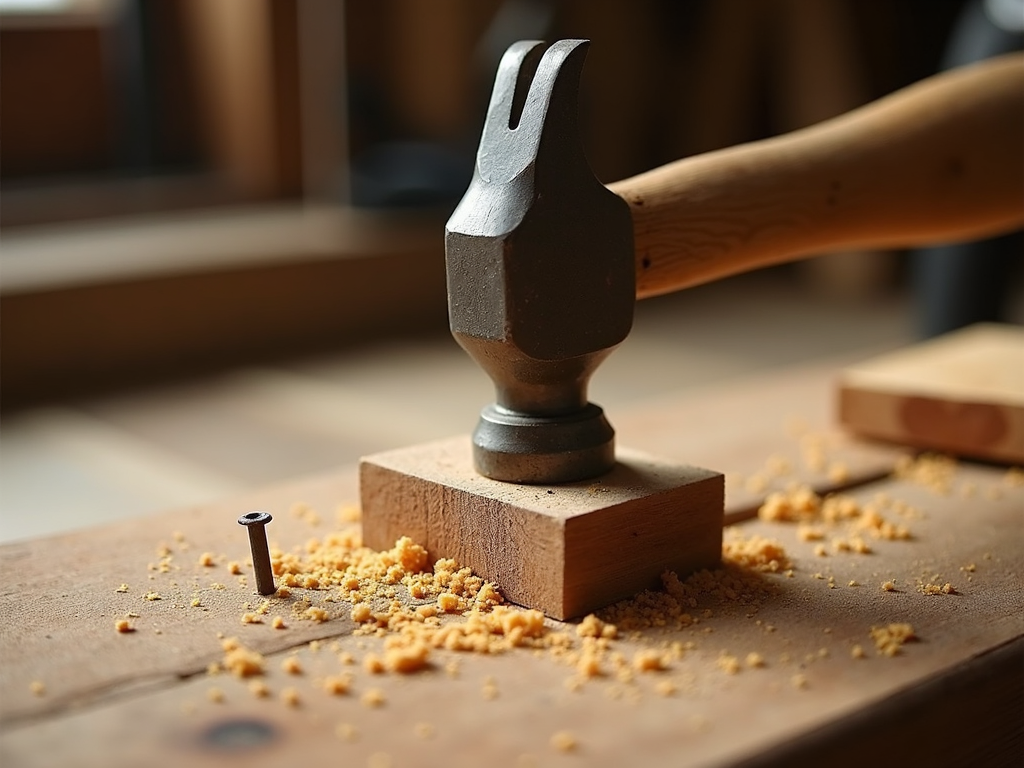
2. Screwdriver Set
Screws are everywhere, so you need a screwdriver set with Phillips and flathead tips in different sizes. They’re perfect for assembling furniture or fixing appliances. Keep them handy—I’ve lost count of how many times a quick tighten saved a wobbly project.
Tip: Magnetized tips make handling small screws a breeze.
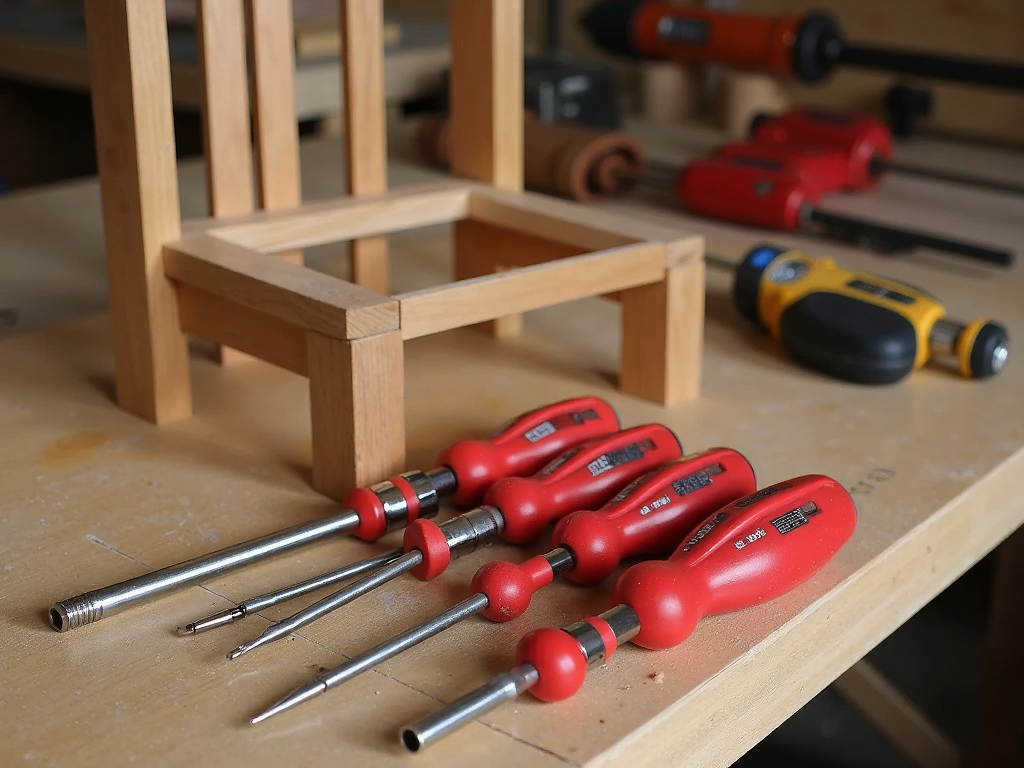
3. Adjustable Wrench
An adjustable wrench tackles bolts and nuts of all sizes—no need for a dozen fixed wrenches. It’s a space-saver and a lifesaver. Once, I fixed a leaking pipe with one when I couldn’t find the right size tool.
Tip: Tighten the jaw just enough to grip without slipping.
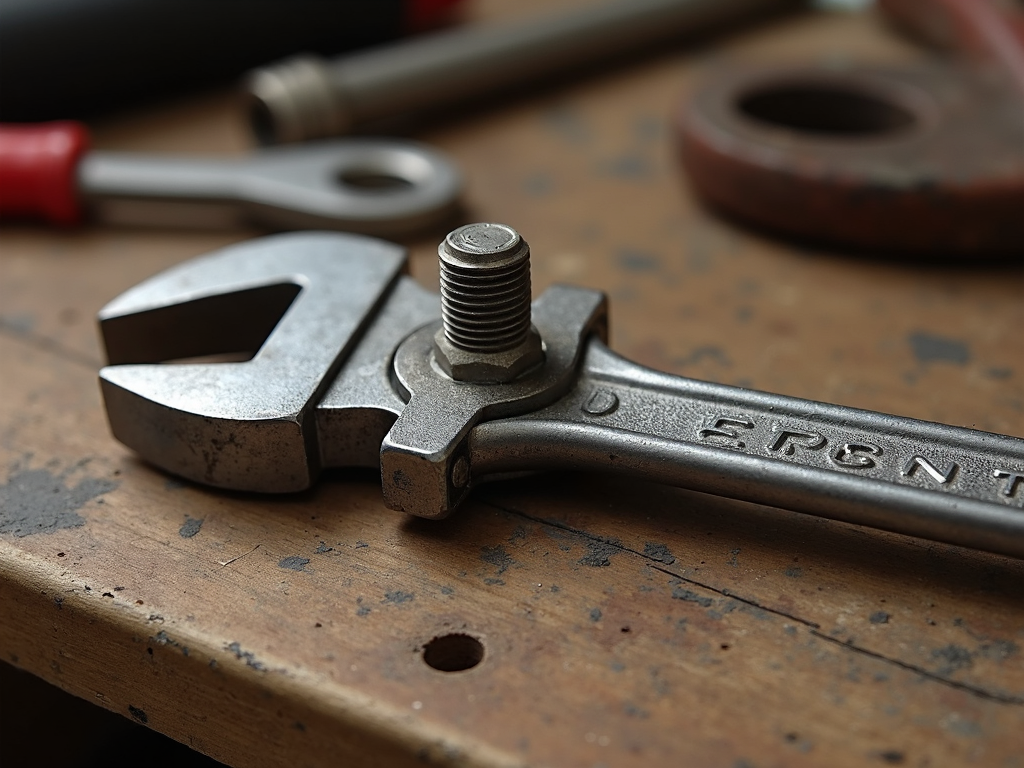
4. Pliers Set
Get a set with needle-nose and slip-joint pliers. They’re great for bending wire, holding small parts, or pulling out stubborn nails. I’ve used needle-nose pliers to fish a tiny screw out of a tight spot more times than I can count.
Tip: Clean them after use to avoid rust.
5. Tape Measure
A tape measure ensures your cuts and fits are spot-on. Go for a 25-foot one with a sturdy lock. I learned the hard way—eyeballing a shelf length led to a lopsided disaster.
Tip: Use the nail slot on the end to hook it solo.
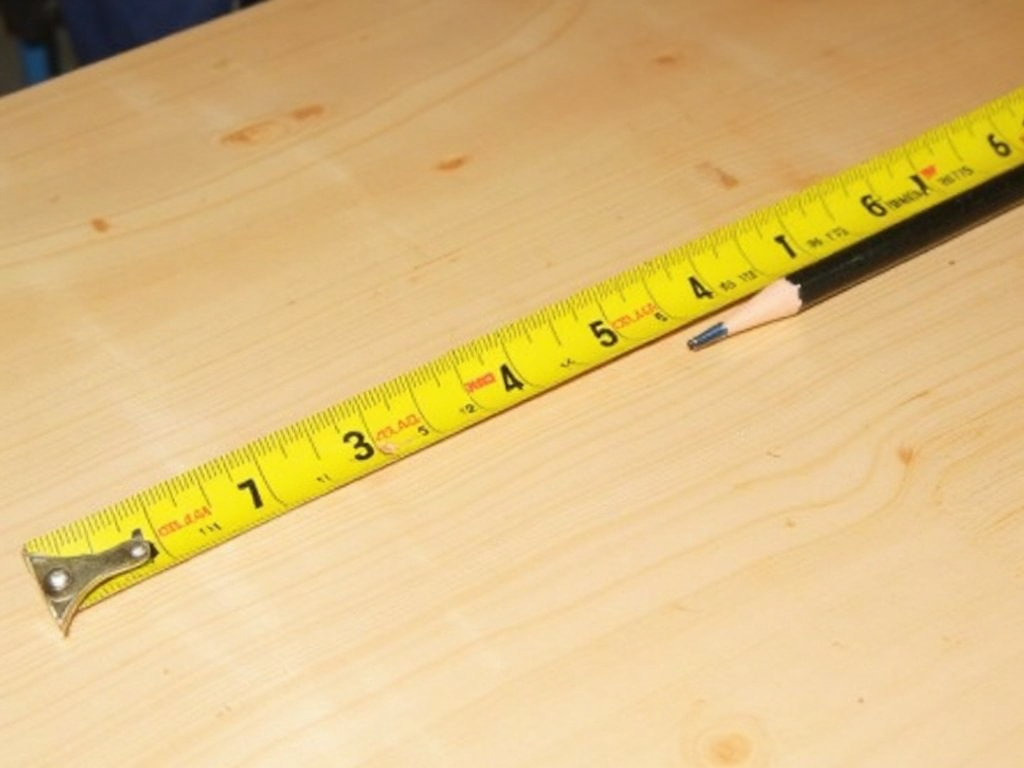
6. Level
A level keeps your projects straight and true. Whether it’s a shelf or a frame, you’ll thank yourself for checking. I once hung a picture rail without one—let’s just say it wasn’t pretty.
Tip: A 2-foot level works for most tasks.
7. Utility Knife
A sharp utility knife cuts through drywall, cardboard, or even thin wood. It’s small but mighty. I keep spare blades nearby—nothing slows you down like a dull edge.
Tip: Retract the blade when you’re done for safety.
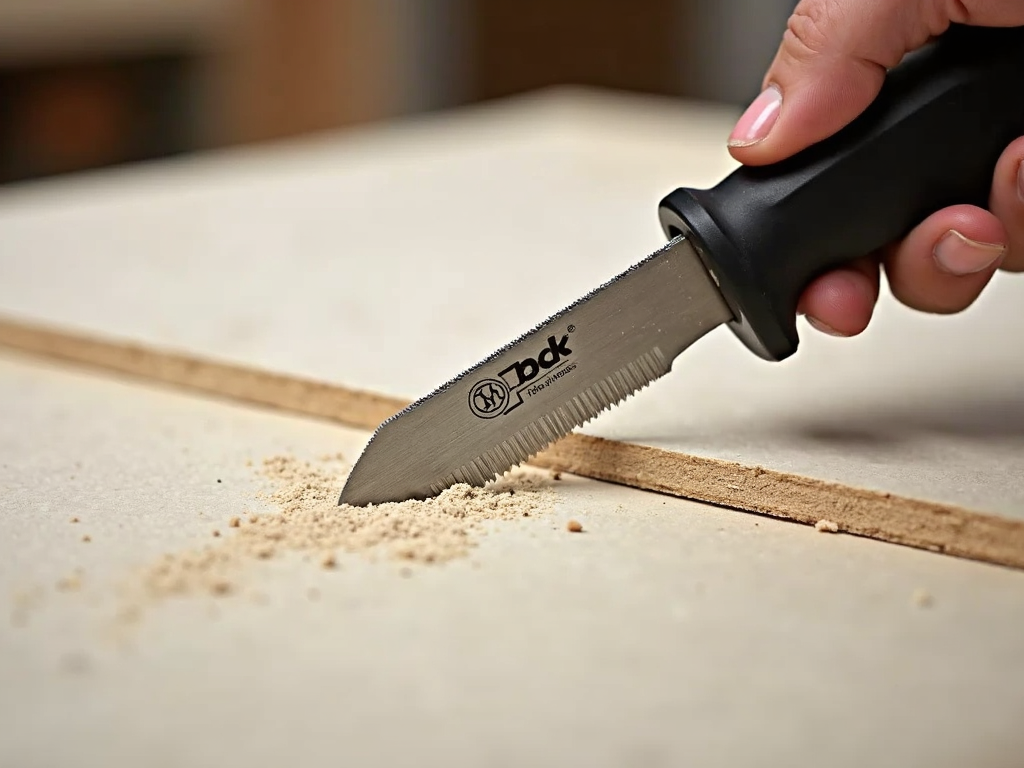
8. Hand Saw
A hand saw is perfect for cutting wood when power tools aren’t an option. Look for one with a comfy handle and sharp teeth. I’ve used mine for quick trim jobs that didn’t need a big setup.
Tip: Let the saw do the work—don’t force it.
9. Cordless Drill
A cordless drill drives screws and drills holes fast. It’s one of those high-quality workman tools for professionals worth splurging on. I switched to a lithium-ion model, and the battery life is a game-changer.
Tip: Match your bits to the material—wood and metal need different ones.
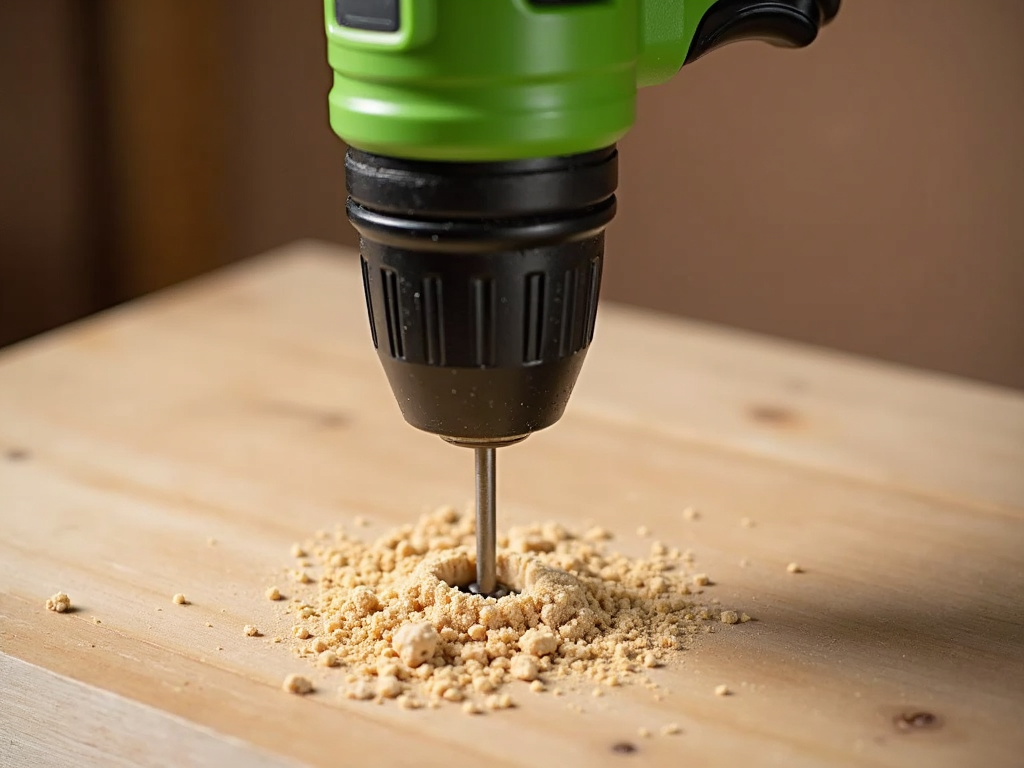
10. C-Clamps
C-clamps hold pieces together while glue dries or you drill. They’re like an extra pair of hands. I’ve used them to secure a wobbly joint when my hands weren’t enough.
Tip: Pad the jaws with scrap wood to avoid dents.
How to Organize Your Workshop for Maximum Efficiency
Having great workshop equipment is only half the battle—keeping it organized saves time and stress. A tidy space boosts your focus and cuts down on lost-tool hunts.
Start with a pegboard. Hang your workman tools where you can grab them fast. I put my hammer and pliers right above my workbench—no more digging through drawers.
Next, get a toolbox or cabinet for smaller items like screws and bits. Label everything. I used to waste minutes looking for the right screwdriver—labels fixed that.
Keep your workbench clear. A cluttered surface slows you down. I sweep mine off after every project, and it feels like a fresh start every time.
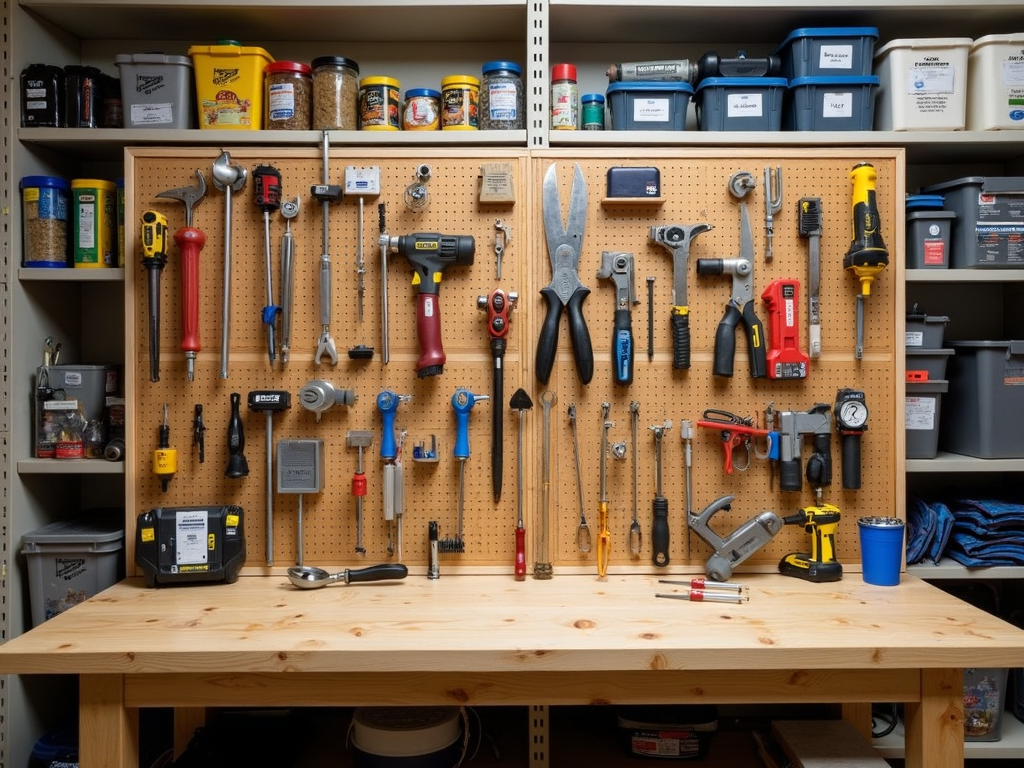
Good lighting matters too. Shadows can hide mistakes—trust me, I’ve cut a board crooked because I couldn’t see well. Add a lamp or open a window.
Safety’s key. The Occupational Safety and Health Administration (OSHA) says a clean workspace cuts accident risks. Store sharp tools safely and wear goggles when cutting or drilling.
Investing in high-quality workman tools for professionals pays off. They last longer and work better. A study from Purdue University’s Engineering Department found ergonomic tools reduce strain, so pick ones that feel good in your hand.
In short, these 10 Essential Tools for Your Workshop and a smart setup get you ready for anything. Keep them in good shape—clean them, store them right, and you’re set for years of solid work.
Related 10 Essential Tools for Your Workshop:
- Training Programs for Construction Workers: Enhancing Safety and Skills
- Essential Workman Tools for Electricians and Plumbers: A Comprehensive Guide
- Top 10 Must-Have Tools for Every Workshop: A Comprehensive Guide
- Top-Quality Workman Tools Every Contractor Needs
- Workshop Safety Tips for Power Tool Users: A Comprehensive Guide
- How to Choose the Right Wrench Size: A Comprehensive Guide
- Color Theory 101: Understanding the Basics
- Steer Clear of These Beginner Woodworking Errors: A Guide to Safe and Successful Projects
- Essential Power Tools for Woodworking
- The Ultimate Guide to High-Quality Workman Tools for Professionals
- Sensors in Automation: Types and Applications
- Top 10 Jewelry Making Techniques for Beginners: A Comprehensive Guide

